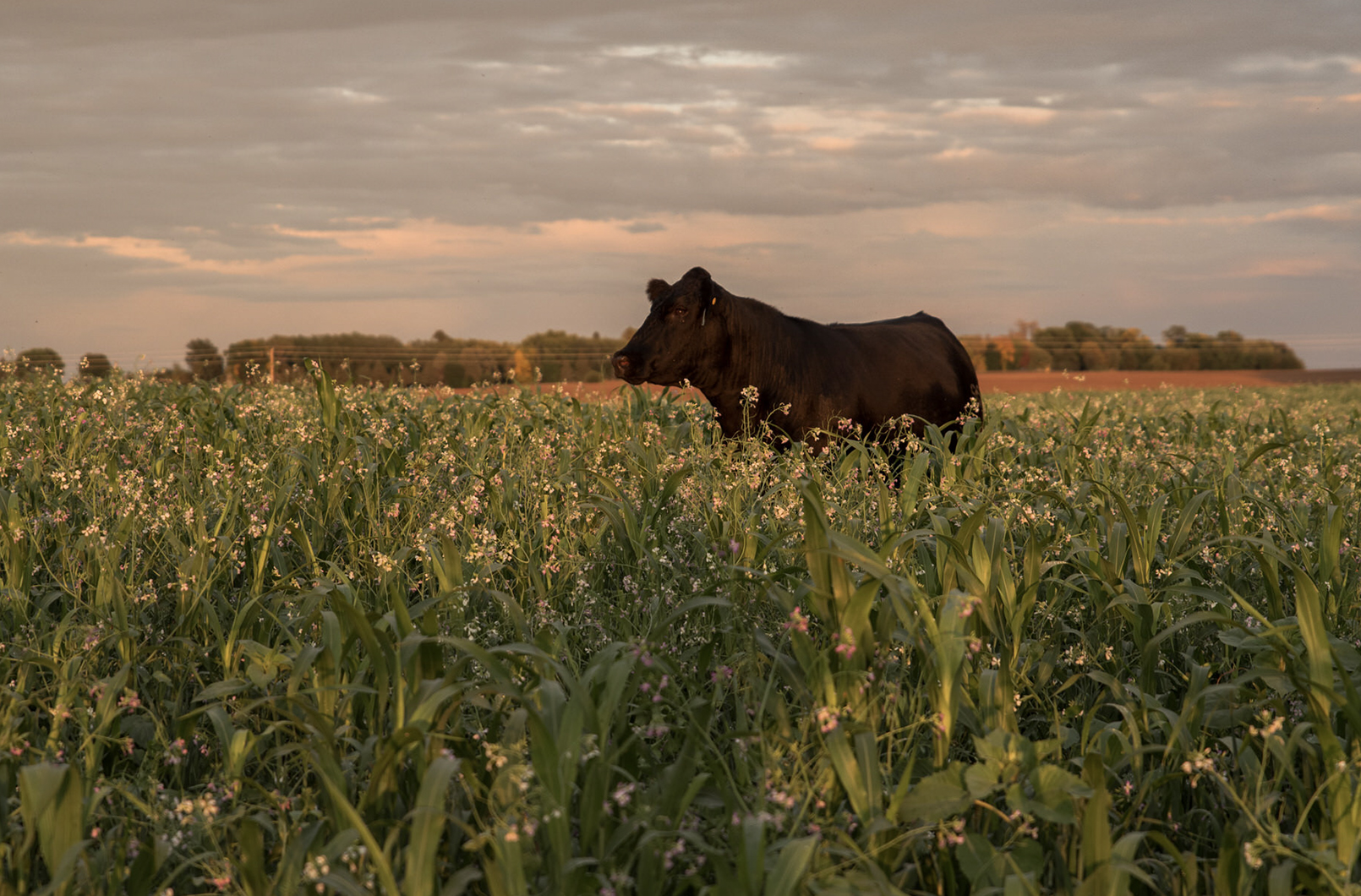
by Abby Snyder
Regenerative agriculture delivers many ecosystem and economic benefits, not just carbon reductions and removals. Biodiversity enhancement, which may come through diverse crop rotations, enhanced pastures or perennial plantings, cover crop establishment, or pollinator support, for example, can correlate to on-farm improvements such as:
- reduced pest pressure
- lower input costs
- enhanced drought resilience
These outcomes improve overall operation resilience while opening doors to new co-benefit revenue streams in emerging environmental markets.
Putting Numbers to Nature
Despite its importance, carbon accounting captures only a fraction of nature-based solutions’ true worth. Regenerative agriculture practices that promote biodiversity generate positive externalities that new frameworks, like the Taskforce on Nature-related Financial Disclosures (TNFD) and Science Based Targets for Nature (SBTN), now help to internalize, quantify, and claim.
AgSpire is working alongside leading companies to capture these multiple ecosystem co-benefits through documented species diversity improvements. These metrics represent measurable natural capital assets that strengthen both agricultural resilience and corporate reporting of intervention impacts. The shift from focusing solely on carbon to measuring comprehensive biodiversity outcomes transforms how we value agricultural landscapes and producer-led interventions.
Whole-Systems Thinking in Agricultural Landscapes
Biology operates through interconnected cycles. A regenerative farm that increases soil organic matter doesn’t just sequester carbon—it enhances water infiltration, supports beneficial microbial communities, and creates habitat for natural pest predators. Research from the Northern Plains demonstrates this effectively: regenerative farms showed 10-fold lower pest populations than conventional operations while maintaining profitability through reduced input costs.
Attempting to optimize for carbon alone risks creating ecological blind spots. True regenerative systems embrace complexity, recognizing that healthy soils, diverse plant communities, and abundant wildlife create self-reinforcing positive feedback loops.
The Opportunity Ahead
Biodiversity markets are emerging alongside carbon markets, with protocols creating standardized units of biodiversity improvement. Advanced monitoring technologies are making measurement more accessible, but the key to success lies in starting with producer-centric design that aligns ecological benefits with operational realities.
For example, agricultural operations implementing regenerative practices can potentially “stack” carbon, and biodiversity outcomes from the same parcel of land – giving greater credence to the full value of these interventions.
At AgSpire, we believe the future of agricultural resilience lies not in single-metric optimization but in recognizing and rewarding the full spectrum of ecosystem services. By quantifying co-benefits and building them into project design from the start, we create more resilient supply chains and landscapes that truly thrive.
Learn more about our approach to program design and implementation >>>
About the Author
ABBY SNYDER, DIRECTOR OF ENVIRONMENTAL ASSETS
As Director of Environmental Assets, Abby brings over 15 years of experience in GHG accounting and regenerative agriculture expertise to lead initiatives that balance practical on-the-ground implementation with corporate net-zero goals.
A Yale School of the Environment graduate with certifications in LCA and IPCC emissions accounting, Abby is dedicated to advancing producer-focused, scalable solutions for meaningful and lasting climate impact. Her expertise includes developing innovative guidance and standards for scalable Scope 3 interventions, driving transformative sustainability initiatives, and collaborating with producers on regenerative practices across domestic and international contexts.